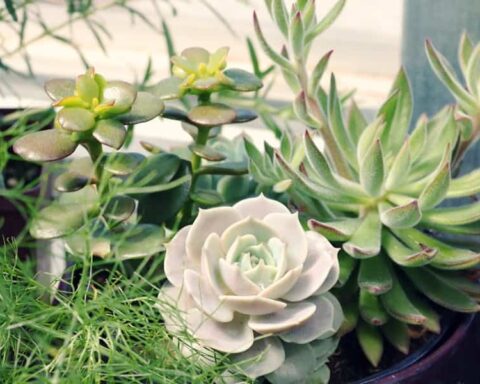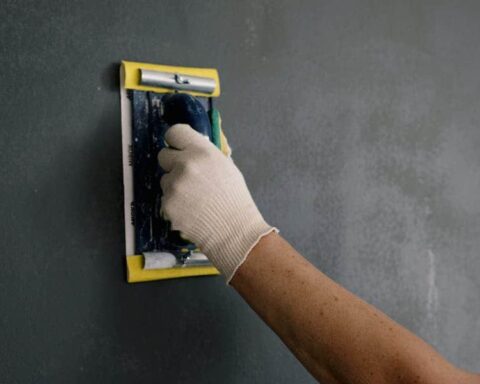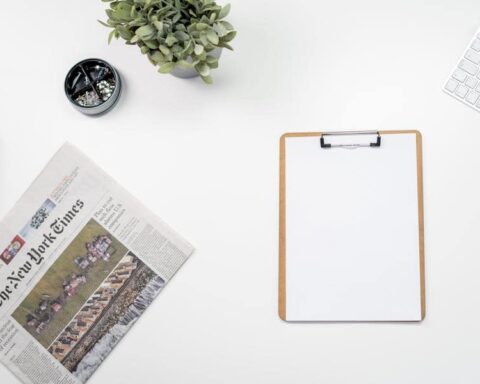In the intricate ballet of baseball, every position has its unique demands, and with those demands come specialized equipment tailored for peak performance. Enter the world of the first baseman and their distinct glove — a piece of equipment that, at first glance, may appear oversized or out of place compared to its counterparts. But there’s more than meets the eye. The first baseman’s glove is crafted with specific purposes in mind, each detail catering to the nuances of their role on the field. Unlike outfielders, who require deep pockets to catch high-flying balls, or infielders, who need an elegant design to transfer the ball for double plays quickly, first basemen face a different set of challenges. They’re often tasked with catching errant throws, scooping balls out of the dirt, and reaching out for wide or high tosses, all while maintaining their foot on the base. Thus, their glove isn’t just a matter of style or a simple variation; it’s necessary. This article dives into the world of the first baseman glove, unraveling its unique design, history, and the paramount role it plays in baseball.
Why Are First Baseman Gloves Different?
First baseman gloves are distinctively designed to cater to the specific challenges players face in that position. Unlike other infielders, first basemen frequently handle errant throws, scoop balls from the dirt, and stretch for wide tosses. Their gloves have a larger pocket and a flatter, elongated shape to assist in these tasks. The unique design isn’t merely aesthetic; it’s a functional adaptation to the demands of the position, ensuring optimal performance on the field.
Specific Features Of The First Baseman Glove
Baseball, a game replete with nuances, has an equipment ecosystem finely tuned to meet the specialized demands of each player’s position. Among the many pieces of gear, the first baseman glove stands out for its distinctive features, all tailored to address the unique challenges faced by players at first base. Here, we delve deep into the specific attributes of this essential piece of equipment.
- Larger Pocket: One of the most noticeable differences between the first baseman’s glove and the others is the larger pocket. This design isn’t a mere coincidence; it’s a direct response to the demands of the position. First basemen frequently deal with errant throws, bouncing grounders, or balls zipping down the line. A larger pocket ensures a greater margin of error, helping the player secure the ball reliably and effectively.
- Flatter, Elongated Shape: The unique shape of the first baseman’s glove assists in various functions. This elongation is pivotal for those split-second plays where first basemen need to stretch out fully to make a catch, ensuring the ball reaches their glove before a runner touches the base. The flatter design aids in scooping balls up from the dirt, a common task when throws from other infielders are slightly off.
- Open Webbing: Unlike the tightly woven patterns seen in many infielder gloves, first baseman gloves often feature a more open web. This design makes the glove more adaptable to a range of catch scenarios, from snagging line drives to managing tricky hops. The open web also provides a clear line of sight, allowing the player to track the ball into the glove without hindrance.
- Extra Padding: The velocity and unpredictability of throws heading to first base necessitate extra protection. First baseman gloves come equipped with enhanced padding, especially along the thumb and outer edge. This cushioning not only protects the player’s hand from stinging line drives but also ensures a secure and comfortable catch, even when the ball arrives off-center.
- Flexibility: While it might seem that such a specialized glove would be rigid, flexibility is key for first basemen. They must be able to adjust their hand position swiftly to react to the ball’s path. Therefore, these gloves are designed to offer a perfect balance between structure and suppleness, allowing for both secure catches and quick ball transfers.
- Tapered Outer Edge: This design allows for a wider catching surface, particularly useful when the player is reaching or stretching for a catch. It increases the chances of securing the ball, even when the glove is fully extended.
Benefits Of Using A Specialized First Baseman Glove
Baseball, a game steeped in tradition and precision, is also a sport where the minutiae often dictate the outcome of the play. The gear a player dons is not merely for show; it serves a significant functional purpose. One of the most specialized pieces of equipment is the first baseman glove. It’s not just any glove but a carefully designed tool intended to enhance the player’s performance. Here’s a closer look at the myriad benefits that come with using a dedicated first baseman glove.
- Enhanced Catching Range: Thanks to its larger pocket and elongated shape, a first baseman glove extends the player’s catching range. This increased surface area offers a greater margin of success in securing balls, whether they’re thrown perfectly or slightly askew. In a game where split-second actions can make all the difference, this extra reach can be the difference between an out and a runner safely reaching the base.
- Superior Ball Security: The unique design of the first baseman’s glove, with its deeper pocket, ensures that once a ball is caught, it stays caught. The chances of a ball popping out or not being secured quickly are greatly reduced, leading to more successful plays and fewer errors.
- Optimized Scooping Ability: Ground balls or throws that bounce before reaching the first baseman are common. The flatter design of the glove, combined with its flexibility, makes it adept at scooping balls cleanly from the dirt. This specialized feature minimizes the chances of missed catches and helps maintain the flow of the game.
- Protection and Comfort: With balls often coming in at high velocities, safety is paramount. The extra padding in first baseman gloves ensures the player’s hand is shielded from potential injury. Beyond safety, this padding also offers enhanced comfort, reducing the sting from hard-hit balls and making the catching experience more pleasant.
- Quick Ball Transfers: Despite its larger size, the first baseman glove is designed for agility. Whether quickly transferring the ball for a potential double play or tagging a runner, the glove’s design ensures that the player can act swiftly without being burdened by cumbersome equipment.
- Confidence Boost: Knowing you have the right tool for the job often instills a heightened sense of confidence. For first basemen, wearing a glove specifically tailored to their needs allows them to approach each play with greater assurance. This mental edge can significantly impact performance, as a confident player is often more effective.
Disadvantages Of Using A Specialized First Baseman Glove
While the first baseman glove is a quintessential piece of equipment designed for the unique challenges and requirements of the first base position, it’s not without its drawbacks. Like all specialized gear, it excels in its primary purpose but may fall short in other areas. Here’s an exploration of some disadvantages associated with using a specialized first baseman glove:
The design of the first baseman glove, with its elongated shape and larger pocket, is optimized for the duties of first base. This specialization can be a hindrance if the player needs to play a different infield or outfield position. It’s not as versatile as a general infield glove and can lead to reduced performance in other roles.
Due to the added padding and unique design features, first baseman gloves often require a longer break-in period than standard infield gloves. Players might find them stiff initially, which can affect responsiveness and comfort during the early stages of use.
The added padding and larger surface area can make the first baseman’s glove heavier than its counterparts. This extra weight, even if minimal, might reduce the speed of hand movements, particularly in scenarios requiring quick ball transfers or tags.
The larger pocket can sometimes make players overly reliant on it, leading them to develop lax catching habits. Players might not position themselves optimally, thinking the glove will compensate, which can lead to missed plays or errors, especially if they switch to a different glove.
Specialized equipment often comes with a premium price tag. First baseman gloves, with their unique features and materials, might be more expensive than standard baseball gloves, potentially making them less accessible for amateur or casual players.
The design, with its open webbing and extra padding, might require more maintenance than other gloves. Dirt and moisture can accumulate, necessitating regular cleaning and conditioning to maintain the glove’s performance and longevity.
Wrapping Up
In baseball, each position has its unique challenges, necessitating specialized equipment for optimal performance. The first baseman glove, with its distinctive design and features, is a testament to this customization. Its larger pocket, elongated shape, and added padding aren’t mere aesthetic choices but functional adaptations tailored to handle errant throws, scoop balls from the dirt, and stretch for wide tosses. Understanding these differences underscores the game’s intricate nature and highlights the importance of the right gear in enhancing a player’s effectiveness on the field. It’s a marriage of form and function, designed precisely for the first baseman’s unique role.
FAQ’s
Q: Can A First Baseman Use A Regular Infield Glove?
A: While a first baseman can use a regular infield glove, it’s not optimal. The specialized design of the first baseman glove enhances the player’s ability to perform specific tasks at first base efficiently.
Q: Is The First Baseman Glove Suitable For Other Positions?
A: While the glove is tailored for the first base, using it for other positions might be less effective. Its specialized design may not cater to the requirements of other roles in the field.
Q: How Should I Care For And Maintain My First Baseman Glove?
A: Regular cleaning, conditioning, and storing in a cool, dry place can extend the lifespan of your glove. Avoid soaking it in water and ensure it’s dry before storage. Conditioning helps maintain the leather’s flexibility and durability.










